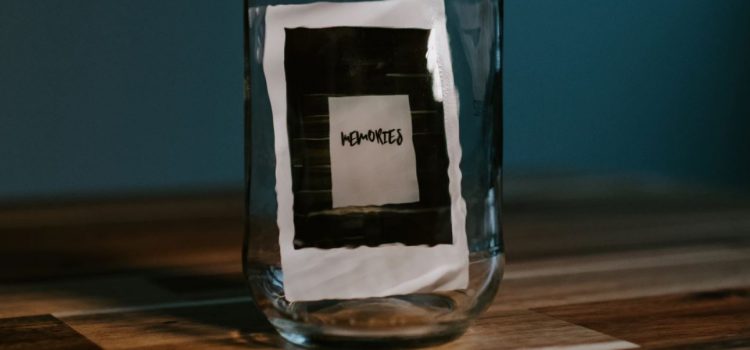What does foreshadowing accomplish in a story? How can it be used to powerful effect with your readers? In Wired for Story, Lisa Cron explains that humans have an innate need to understand the reasons behind everything—to make sense of what’s happening to us and around us. One of the techniques that writers can use to satisfy this human need is foreshadowing. Keep reading for Cron’s exploration of foreshadowing in a story and how it affects readers.
Foreshadowing in a Story: Providing Your Reader With Memories










